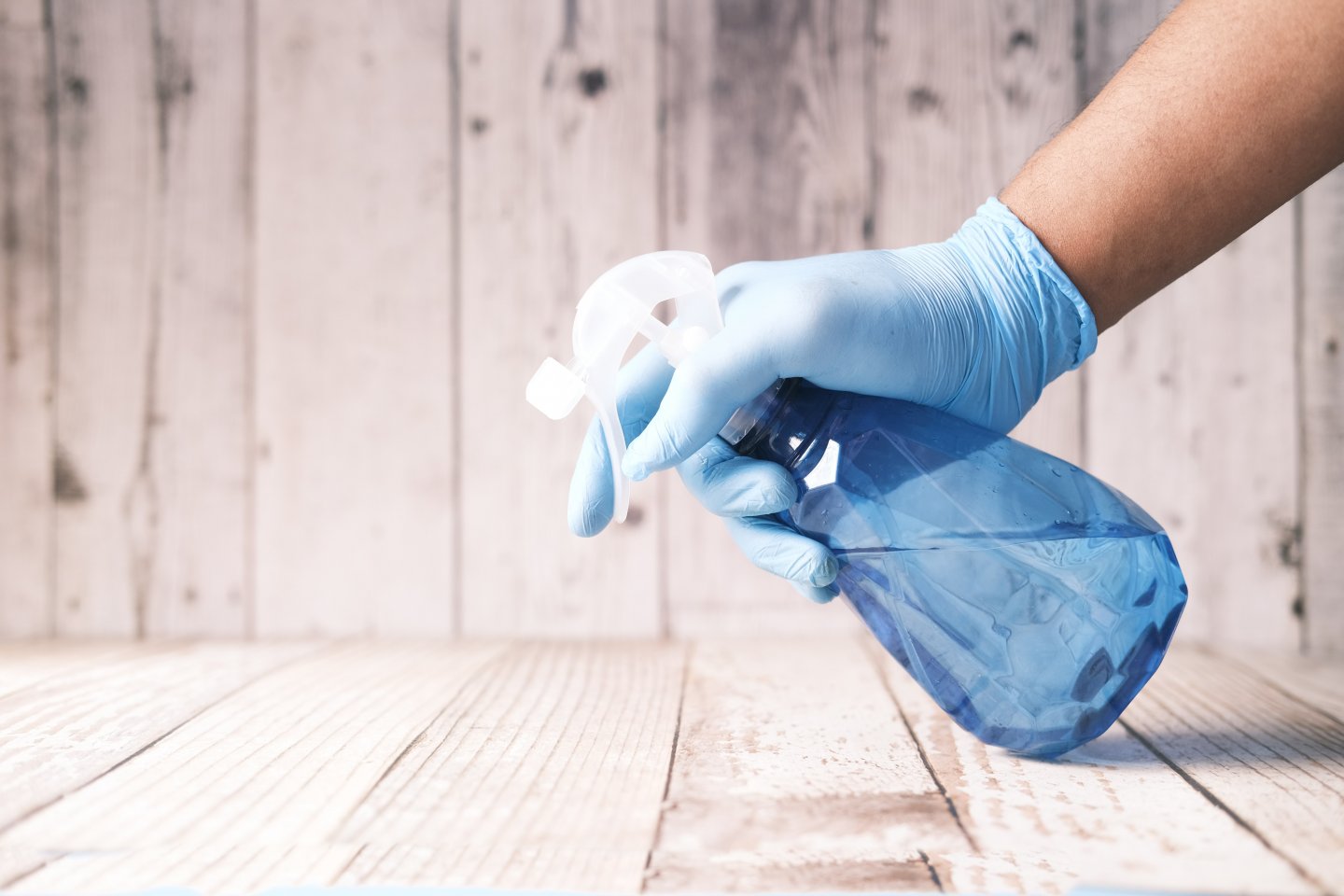
Hand protection: Chemical protection gloves
Gloves help in various activities, whether in private life or at work. Protective work gloves as PPE not only protect against injuries, accidents and harmful substances, they often make work easier, too.
How to choose the right type of protective gloves
When looking for the right gloves, start off by assessing the specific risks and hazards you are likely to encounter. They include what may seem insignificant - even a scratch or cut can get infected, require medical attention and lead to several days off work.
Select work gloves according to the type of work, the risks that exist, whoever will be wearing them and the environment where they will be working. Consider the following factors:
- Identify all of the risks on the job
- Identify any other hazards
- Consider the type and duration of hand contact
- Think about who will be wearing them - size and comfort
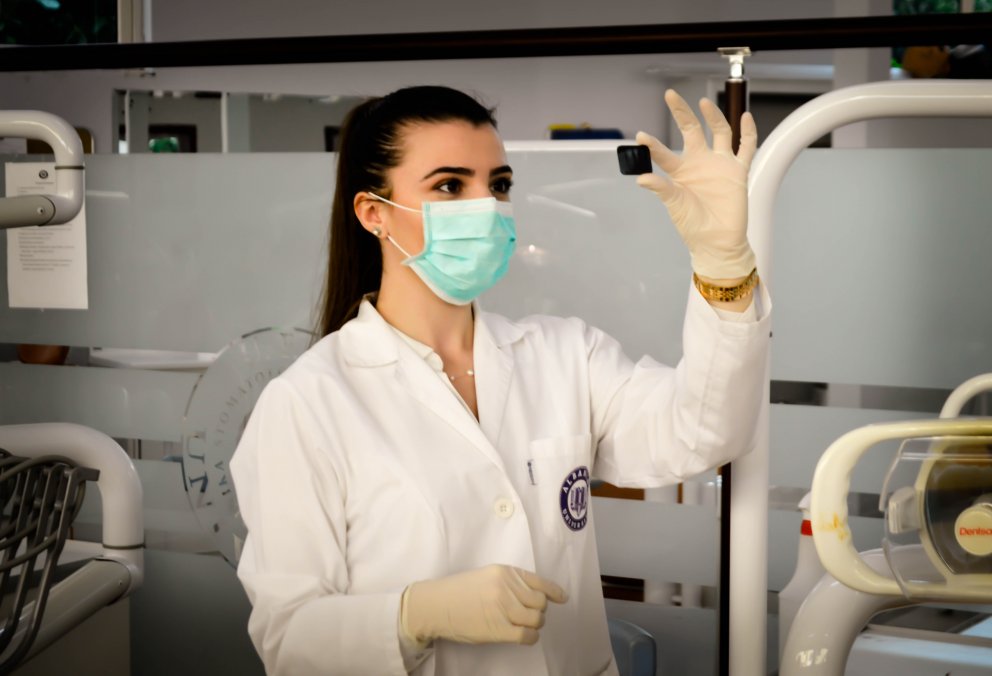
Did you know
that wearing PPE for protecting the hands can prevent up to 70.9% of hand and arm injuries?
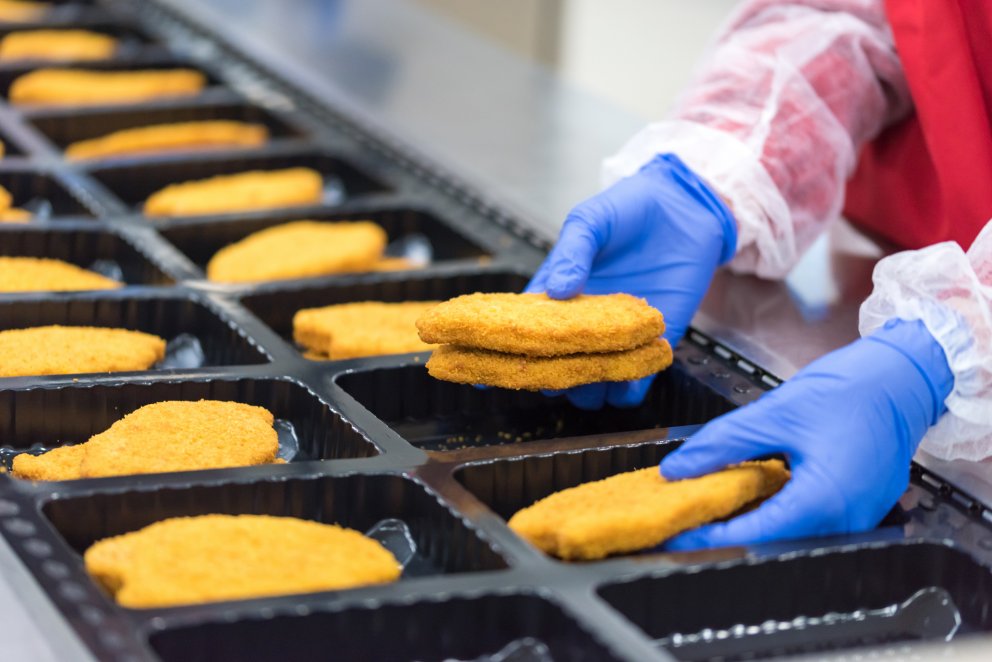
Also consider:
- Size and cut: smaller gloves can tear, while larger gloves can limit maneuverability.
- Protection versus dexterity: sometimes you have to compromise between the two and determine which takes priority
- Levels of protection: gloves offer different levels of protection against hazards, so you need to ensure they meet the level required for the job
- Wear: Judge what type glove needs to be worn for the job and select the appropriate degree of abrasion resistance the glove should have. Properly selecting its resistance to wear will extend the glove’s service life.
- Expiration: never use protective gloves after the expiry date.
EN374 standard for chemical protective gloves and microorganisms
Wearing chemical and microorganism resistant gloves is essential for anybody working with hazardous chemicals.
Three test methods are used to classify protective gloves against chemicalsand their degree of protection:
- Penetration testing under EN-374-2: 2014. Penetration is the movement of chemicals and/or microorganisms through porous material, seams, pinholes and material defects. Neither air nor water should escape through a protective glove during testing and the glove must reach an acceptable quality level (AQL).
- Permeation testing under EN-16523-1: 2015, which superseded EN 374:3. The permeation rate is the process by which a chemical moves through protective clothing/fabric at a molecular level. It indicates how long the gloves can be worn. Gloves with a low permeation rate are the best to wear.
- Degradation testing under EN-374-4: 2013., is the deterioration in the glove’s physical characteristics caused by contact with a chemical.
Protective gloves against microorganisms
- Gloves must the past penetration testing prescribed in EN-341-2. A declaration can be made when they simultaneously comply with ISO 16604 that the they also protect against viruses, bacteria and fungi. The gloves are both airtight and waterproof.
You should regularly take care of your gloves and store them properly. Do not wear them after their expiry date or when they become worn or damaged because the gloves may no longer provide you with a sufficient degree of protection.
Types of chemical protection gloves
Gloves are classified into three types by breakthrough time and permeation resistance; whether the gloves provide protection for a long enough time and against specific chemicals:
| Glove type | Requirement | Designation |
|---|---|---|
| Type A |
Permeation resistance (EN 374-2) Breakthrough time of at least 30 minutes each for 6 chemicals |
EN ISO 374-1/ Type A |
| Type B |
Permeation resistance (EN 374-2) Breakthrough time of at least 30 minutes each for 3 chemicals |
EN ISO 374-1/ Type B |
| Type C |
Permeation resistance (EN 374-2) Breakthrough time of at least 10 minutes each for 1 chemical |
EN ISO 374-1/ Type C |
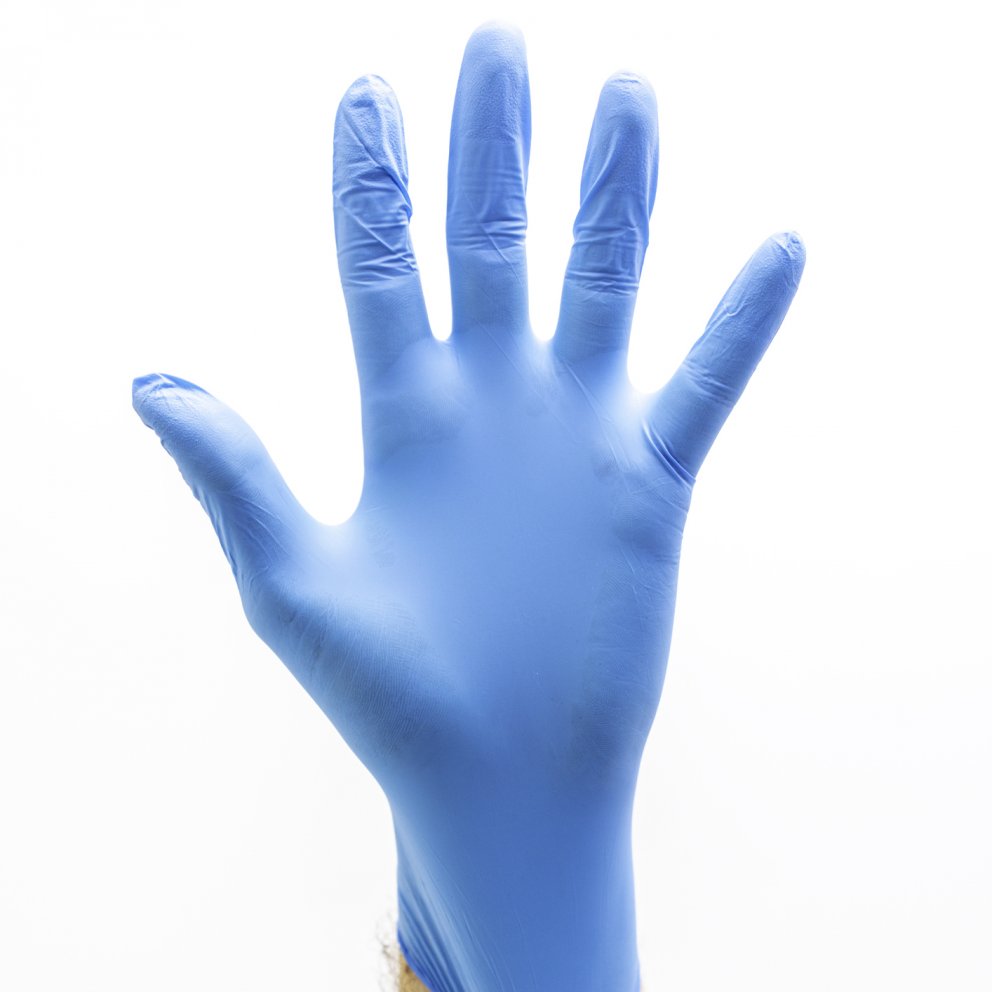
How to choose the right glove size?
- Always measure the dominant hand (right for righties, left for lefties)
- Wrist circumference: Hold the measuring tape in your hand so you measure your wrist through the joints. Then clench a fist to find the circumference.
- Measuring the length: Take the distance from the lower edge of your palm to the end of the middle finger
Do you need advice on selecting suitable protective gloves? Our specialists would be glad to help you. Contact us!
Disposable gloves
Disposable work gloves can be made of the following materials:
- Latex - the “gold standard”. Latex gloves are strong, flexible and comfortable. Their low price is another advantage. But there can be an allergic reaction to latex proteins.
- Nitrile gloves - no latex proteins, but they can contain chemical additives. They are flexible and yet resistant to pinholes and chemicals. However, they offer no protection against thermal hazards.
- Vinyl - contains no latex proteins Vinyl gloves are appropriate for short jobs when there is no contact with blood or potentially infectious material. Their low price is another advantage. But the disadvantages include a tendency for pinholes and cracks to form from stretching and normal use. They are also not very strong, provide limited flexibility and have a low resistance to chemicals.
But they have their advantages, such as being hygienic, simple and universally used.
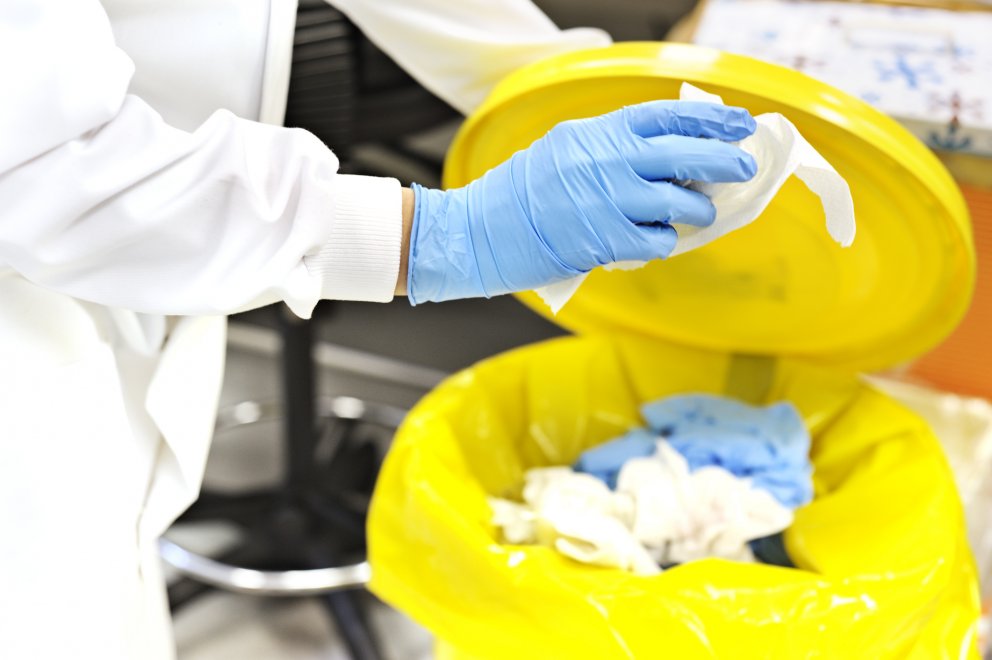
How to dispose of chemical resistant gloves
Gloves that protect against chemicals should be treated as hazardous waste. Take care when handling hazardous substances or substances whose composition is not specified.
Do not put gloves in separated waste bound for recycling. Throw away soiled, degraded, or worn disposable gloves in a marked, sealable container. Then follow applicable rules when you dispose of them.
Continue reading

Here is how to ensure a safe workplace for everyone

Green Hygiene: Eco Friendly Cleaning Products

